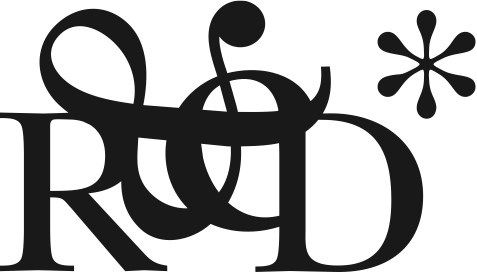Being a ReD consultant
Each phase of our process described ReD consultants
1. Framing
“Starting up a project means diving into our client’s world and, at the same time, beginning to understand the topic we will be studying — what do we really want to make this project about? Every day in the framing phase is different: some days are meetings with anyone from senior executives to product designers; others are spent on desk research on the industry and technological, demographic or social changes that may be redefining it; and still others, the preparations for ethnographic field work — defining and finding the right profile, choosing the right questions to ask them, finding the brightest new startup pushing the boundaries of the field. Above all, it’s a time when we start searching for the probing questions that could change a client’s industry: How does it feel to think about breathing bad air every day in a polluted environment? Why is it that people go for aimless drives for fun when they sit in traffic all day? What kind of a ‘cure’ could you give someone with an incurable chronic illness?”
— Ian Dull, M.Phil in Archaeological Heritage & Museums, University of Cambridge; B.A. in English Language & Literature, Yale University.
2. Discovery
“During a project for a children’s hospital I spent a day together with a family where the boy is constantly in and out of the hospital after having been born with water in his lungs. In the afternoon he showed me around the hospital, seeing how he makes sense of a facility structured around disease areas - not a children’s playful mood or their physical point of view. In the evening, I wrote up my notes sitting in the visitors cantina at the children ward, before spending the night there, experiencing first hand what a night admitted and away from the family means for the kids.”
— Jacob Wachmann Pedersen, M.A. in Anthropology of People-Centred Business, University of Copenhagen; M.A. in Globalisation & Multinational Corporations, SOAS – University of London.
3. Pattern recognition
“At ReD we begin pattern recognition right after field-work - the sights and sounds of the field still fill our heads. On the first day back we prepare our project room almost ritualistically, bringing as much of the field to life in the room - sharing artifacts, hanging pictures on boards, and adding parts of field notes next to them. Each consultant takes turn presenting their data, sharing stories about the respondents they’ve met. Team members note down what they find the most interesting and what contrasts to their own data on post-its. As more and more data gets added, the post-its gets grouped, explored, re-grouped. There’s always a rush of excitement at the first glimpse of a pattern across markets. There’s a reason some people call it the anthropologist’s version of Christmas Eve.”
— Claire Straty, B.A. in Anthropology, Brown University.
4. Insights development
“Surrounded by hundreds of post-its grouped under various themes from pattern recognition, a normal day in Insights Development is an intense day of discussion.The full team is often divided into sub-themes tasked with pressure-testing the theories rising from pattern recognition, testing links to existing theoretical concepts of the social sciences. Everyone is working towards a workshop with the client, presenting the emerging insights in a succinct way, bearing in mind how it collides and/or underpins the world of the client. The days before the Insights Workshop are - besides days in the field - often the most intense and longest during a project. But they are also days of great fun and team spirit!”
— Benedikt Fischer, M.A. in International Affairs & Governance, University of St.Gallen; M.A. in Finance & Strategy, Sciences Po Paris; B.A. in International Affairs, University of St.Gallen.
5. Recommendations
“The recommendations phase is truly exciting because it requires such a shift in thinking, back to the business problem we originally set out to solve. During pattern recognition and insight development, the client and their business challenge are relegated to the background— almost held at bay— to force you to not put restrictive blinders on about what you’ve seen and experienced out in the field. Getting into recommendation mode means pivoting to the business implications of what you’ve seen and understood “out there” for that specific client. This is a two-fold challenge— figuring out what is most relevant for the client’s situation, capabilities and constraints – and determining how best to communicate that persuasively to the client. We ask: How can we translate insights into clear directives for action? This is why I came to ReD— to make critical analysis count in the real world by using it to help shape what businesses do there.”
— Funke Sangodeyi, Ph.D. in History of Science, Harvard University; M.Phil. in History & Philosophy of Science, University of Cambridge; B.A. in Molecular & Cellular Biology, Harvard University
Info
Interview process
and FAQ
More information about the ReD interview process and answers to the most common questions about our hiring proces for consultants and other vacancies.
Still got questions?
If you have any further questions about the application process, email jobs@redassociates.com
